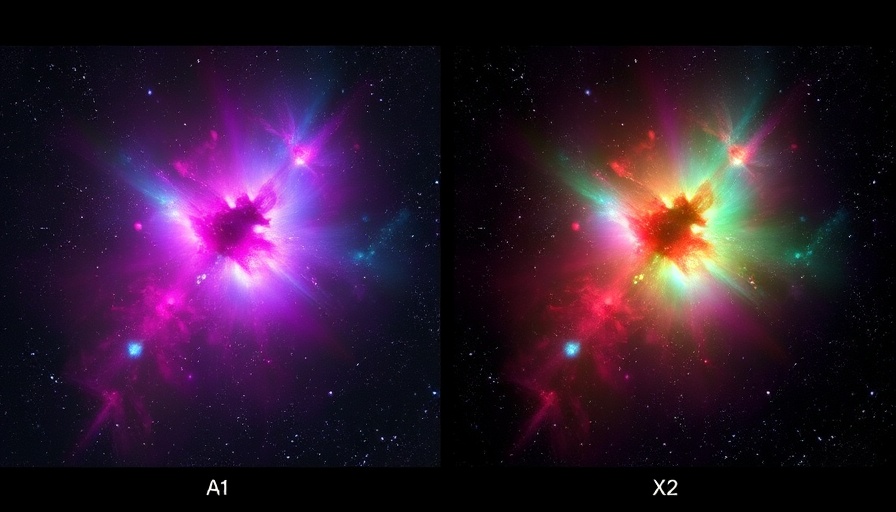
Introduction: How Galactic Superwinds Shape Our Universe
A major question in cosmology centers around the first galaxies and their role in releasing high-energy radiation to ionize the neutral universe after the Big Bang. Recent findings from a study of the starburst galaxy Haro 11 offer new insights into this cosmic puzzle. Researchers utilized advanced techniques to analyze data from X-ray space observatories—Chandra and XMM-Newton—tying X-ray variability, indicative of massive outflows known as superwinds, to regions of lower gas absorption and higher escape rates of ionizing radiation.
What Are Galactic Superwinds?
Galactic superwinds are powerful outflows of gas driven by supernova explosions and intense star formation. These outflows can clear paths through the interstellar medium, providing routes for ionizing radiation to escape. In Haro 11, the research focused on two major X-ray sources, X1 and X2, which are linked to star-forming clusters. While both sources emit crucial Lyman continuum (LyC) radiation, they exhibit significant differences in their gas environment.
The Divergence of X1 and X2: Implications for Cosmic Reionization
Interestingly, the X-ray source X2, although fainter than X1, permits a far greater escape of LyC radiation. Spectral modeling revealed that X2 is shrouded by only a fraction of the absorbing gas and dust compared to X1, making its hot outflows more efficient at clearing gas and allowing ionizing photons to pass through.
The Role of Stellar Feedback: Punching Holes for Ionization
This study showcases the concept of stellar feedback, which emphasizes how stellar activity can create channels in the surrounding gas, thereby influencing reionization. Powerful outflows from intense star formation in X2 appear to remove obstacles for the escape of crucial ionizing radiation, providing a compelling argument for the mechanisms that could govern the history of the early universe.
Significance of Local Analog: Understanding Cosmic Reionization
Haro 11 serves as a significant “local analog” for early universe studies. As observing similarly faint galaxies from great distances is fraught with challenges, examining Haro 11 helps bridge gaps in our understanding of cosmic reionization. Other local analogs, including “Green Pea” galaxies, suggest high escape fractions of ionizing radiation linked to active star formation—the patterns observed in the current study correlate with broader cosmological insights drawn from advanced observations, especially from the James Webb Space Telescope.
Futuristic Perspectives: The Role of Technology in Cosmological Research
The ongoing analysis of Haro 11 and other starburst galaxies highlights the importance of advancing technology in unraveling cosmic mysteries. With the James Webb Space Telescope now providing unprecedented views of candidate galaxies from the reionization epoch, the potential exists for myriad discoveries that reshape our comprehension of galactic evolution and the universe's origins.
Conclusion: The Broader Implications of Cosmic Research
Understanding how galaxies like Haro 11 enrich our view of cosmic events is not just an academic pursuit—it has real implications for fields ranging from astrophysics to the development of new technologies and methodologies in scientific exploration. As we continue to unveil the mechanisms of reionization, researchers gain clearer insights into the processes that shaped the universe we inhabit.
 Add Row
Add Row  Add
Add 




 Add Row
Add Row  Add
Add 

Write A Comment